
The Maltese dogs are a gorgeous toy breed that everyone has come to know and love. They are white, fluffy, tiny, and perfectly adorable. They are also among the cuddliest and most well-behaved dogs in the world. But apart from their heart-melting looks and endearing personalities, there are several amazing attributes to this popular breed.
Their ancient origins, skills, and reputation in various fields paint a brighter picture about the amazing Maltese breed. Here are 5 facts about the Maltese dog we guarantee you will love!
Table of Contents
The Maltese Dog is an Ancient Breed
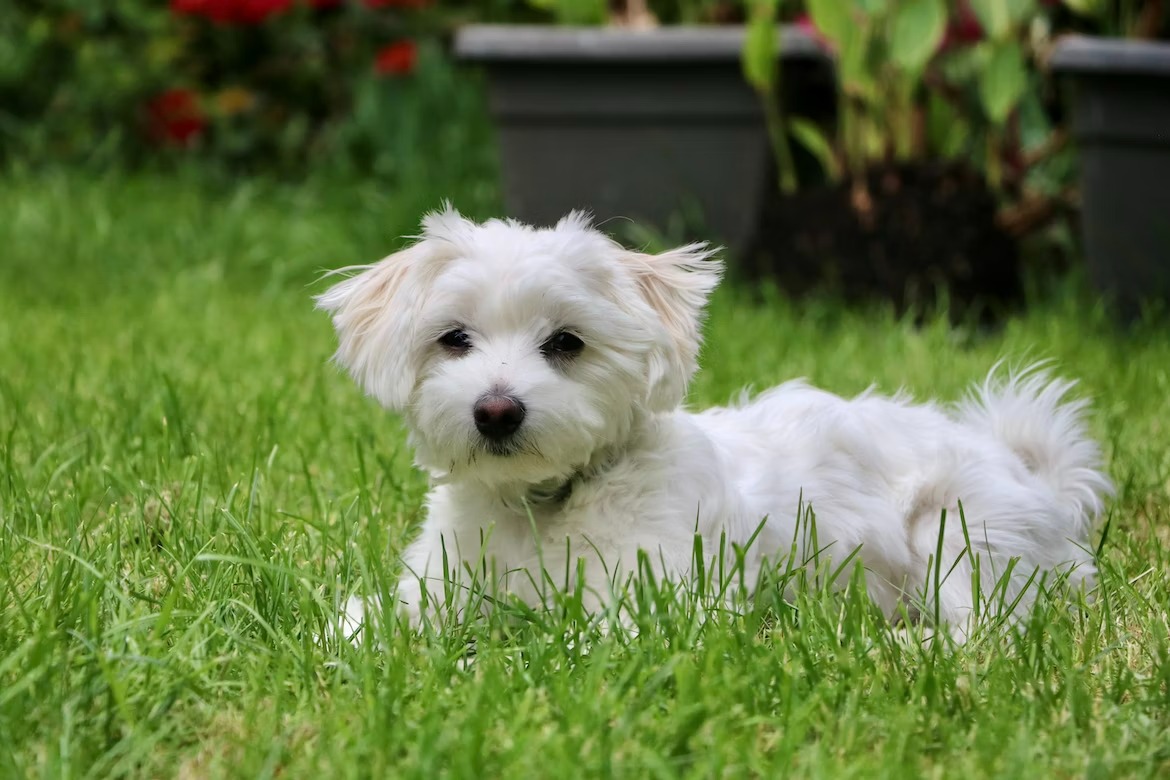
The beautiful Maltese dog has been around for thousands of years winning the hearts of dog lovers wherever it set paw on land, just as it does today. The breed’s history dates back to over 2500 years ago. Some believe the Maltese dogs may even be older than that, given that there have been numerous archeological finds that place them on the lap of emperors over 3000 years ago.
It is believed that during ancient times, Maltese dogs were worshiped by Roman and Greek emperors and Egyptian Pharaohs. Kings and Queens in various European Kingdoms were also counted among the breed’s biggest fans, favoring the Maltese over all other dog breeds. Some of the breed’s most prominent admirers were Aristotle, King Henry VIII, Queen Victoria, and Queen Elizabeth I.
The cute Maltese dogs have been endearingly represented in various art forms throughout time. Some statues place them near pharaohs in Egypt, and there are several ancient drawings that depict them in Roman and Greek empires. They have also been known to appear in old French poetry, famous Italian paintings, and various sculptures around the world.
Like most dogs that were raised in the lap of luxury, the Maltese were given various names by those who admired them. Some of these include the “living piece of jewelry”, “Melitae Dog”, “ladies’ dog”, and “comforter”.
Hypoallergenic Maltese Dogs
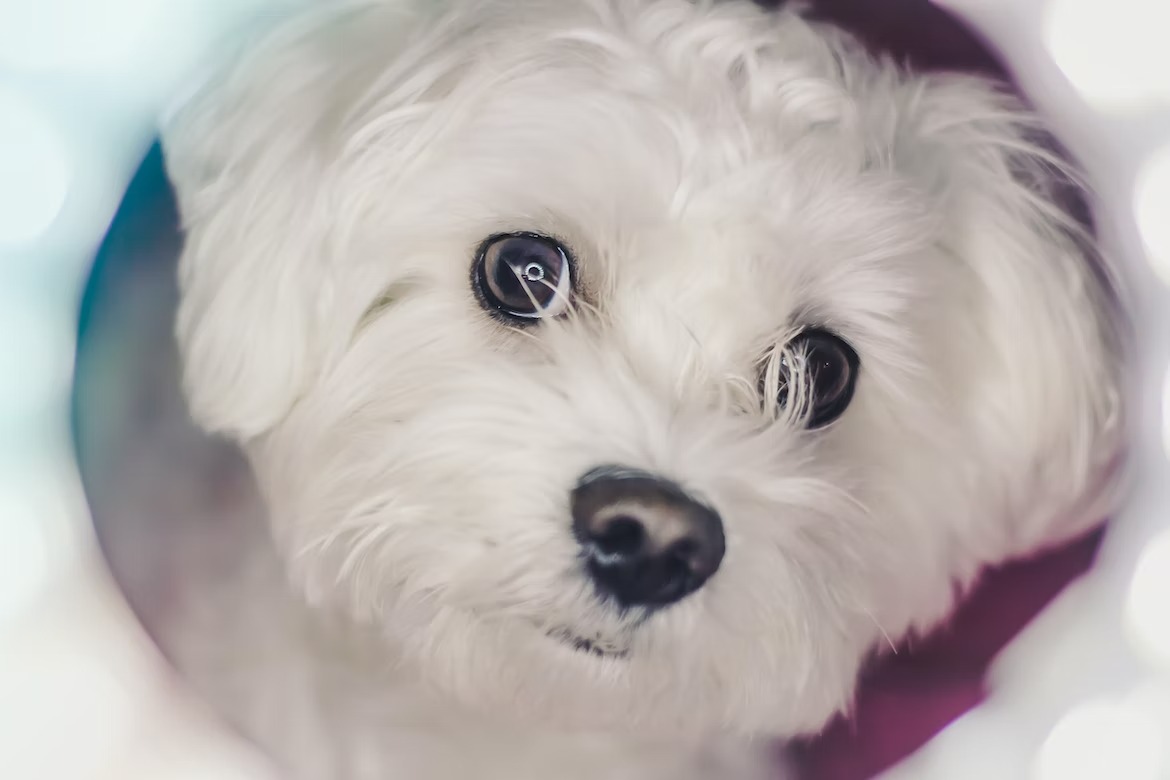
It is believed that around 20% of the world’s population suffers from pet-related allergies. Allergies to dogs, cats, and other animals are very common, and they are sometimes an obstacle for those wanting to own a pet. Luckily there are dogs like the Maltese who are a perfect fit even for owners who suffer from severe allergies. The Maltese dog has a long, luxurious coat that sheds very little if at all. The dog produces less dander than other breeds and is one of the best hypoallergenic dogs in the world.
Like the Poodle, the Maltese dog has hair that grows constantly and needs to be trimmed periodically. Although one has curly hair and one comes in a straight coat, the Maltese and the Poodle have very similar coat qualities. Neither has particularly high grooming requirements, but they both require regular brushing to keep their low-shedding coats tangle-free.
Maltese Dogs as Therapy Pets
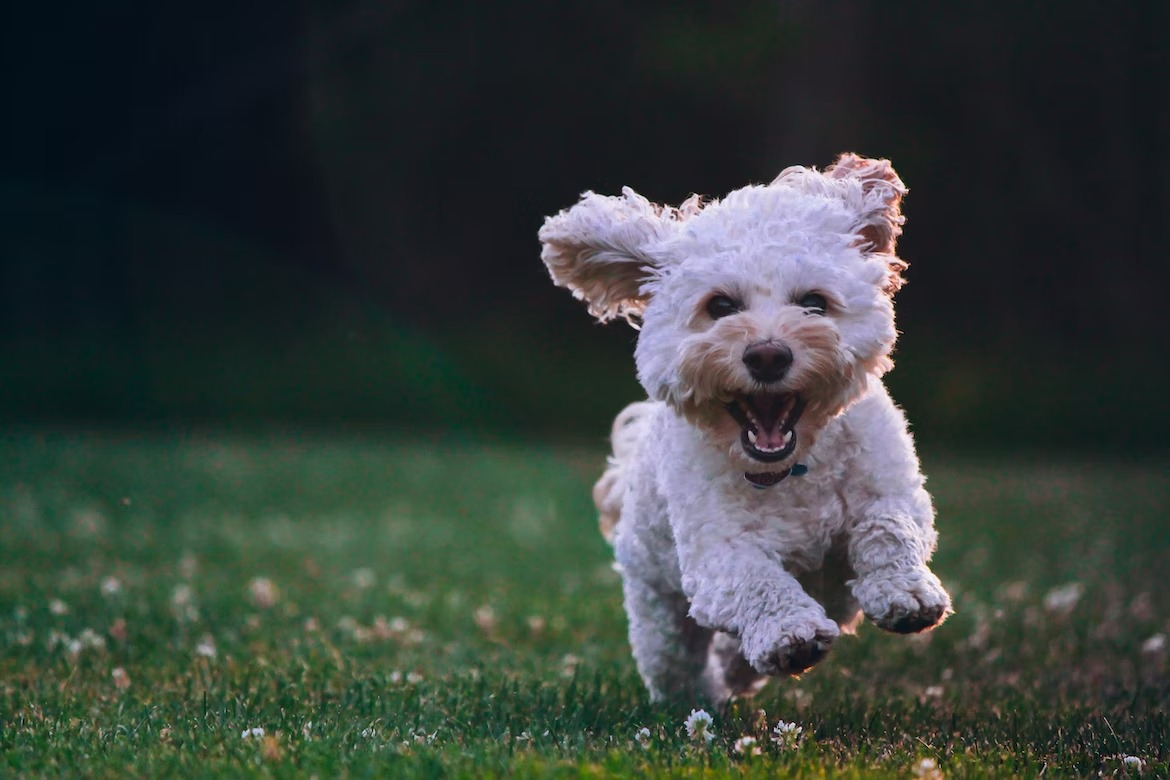
Therapy pets are specially trained to provide non-judgmental, unconditional love and support to those in need. These pets are used to lower blood pressure and make people feel more at ease. Although there are quite a few dog breeds that are naturally well-suited for therapy work, there is one that is favored most - the Maltese dog. Maltese dogs that work as therapy pets are valuable members of today's society. They provide therapeutic interactions for people who suffer from anxiety, depression, and PTSD. They are an invaluable support in difficult times.
Therapy pet programs have increased in popularity in recent years, and they've proven their effectiveness as an alternative to traditional therapy methods such as medication, psychotherapy, and counseling. Maltese dogs can be trained to provide a wide range of therapeutic benefits to their handlers. They may help with stress management, support those undergoing psychiatric treatment, or act as a non-judgmental companion for people with mental disabilities or terminal illnesses. Therapists who work with the elderly or children with autism often use Maltese dogs as they can provide proper touch and interaction while reducing the stress of some risky behaviors.
Not all dogs have the right skill set for the job. A dog that is suited for therapy work must be smart, responsive to training, affectionate, gentle, confident, patient, and able to handle clumsy interactions without displaying jumpy behavior. A good therapy dog must also enjoy being cuddled, kissed, petted, and handled.
Popular Maltese Mixes
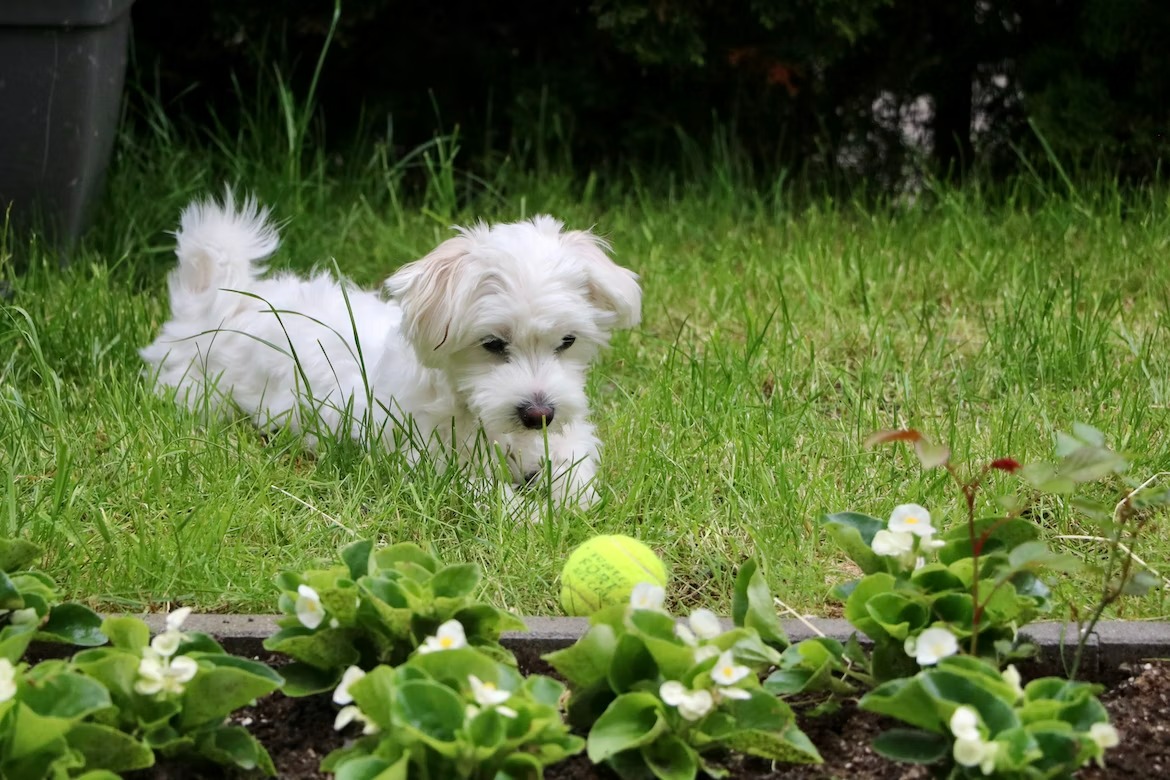
The Maltese is also one of the popular breeds that is often selected to be a parent to designer puppies. Because these dogs check all the boxes for beauty, brains, and personality, they are crossed with various other purebreds to create amazing new breeds. There are currently over 3 dozen new breeds that have a purebred Maltese dog parent. Among them, the most popular ones are:
- Maltipoo – this designer breed is achieved by crossing a Poodle with a Maltese
- Mal-Shi – Maltese and Shih Tzu mix
- Morkie – Yorkshire Terrier and Maltese mix
- Cava-Malt – Cavalier King Charles Spaniel and Maltese mix
- Cortese – Pembroke Welsh Corgi and Maltese mix
- Maltichon – Bichon Frise and Maltese mix
- Maltipom – Pomeranian and Maltese mix
- Malti-Pug – Maltese and Pug mix
- Mal-Chi – Chihuahua and Maltese mix
The White Fur Maltese Dog
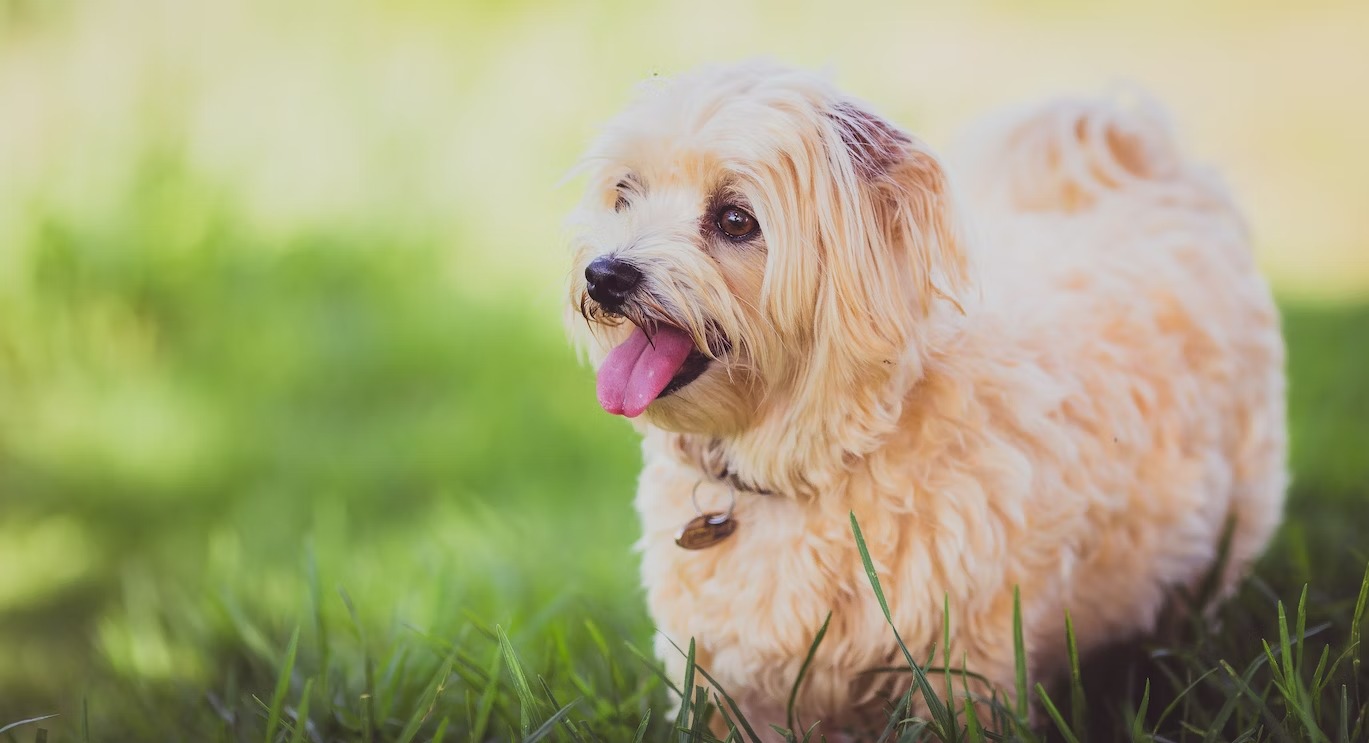
Maltese dogs are believed to be descendants of a Spitz-type dog that was around thousands of years ago. It is also believed that they weren’t always white as we know them today. In ancient times, Maltese dogs came in many colors, both solid and various combinations. They appeared with spots and markings, and they often had dark hair on their cute faces. To achieve their luxurious, silky white coats, Maltese dogs were carefully bred through several generations.
The ones that are said to be responsible for the Maltese dog’s white coat were royal and noble families in England. Having a pure white dog was a sign of wealth and status, so it became a desirable trait. Selective breeding through centuries created the cute white dogs we know and love today.
The Maltese are currently among the very few pure white dog breeds that exist in the world. Their gorgeous, elegant, and adorable appearance are still considered a sign of wealth today. Maltese puppies are also still considered living jewels and are often referred to as the cutest puppies in the world.
Scroll down to see FAQs about the Maltese dog!
What To Read Next
Hypoallergenic Puppies
200+ Unique Dog Names You’ll Want to Steal
Frequently Asked Questions
What is the average lifespan of a Maltese dog? Maltese dogs have an average lifespan of 12 to 15 years, although with proper care and attention, they can live longer than that.
Are Maltese dogs hypoallergenic? Yes, Maltese dogs are considered hypoallergenic. They have hair instead of fur, which means that they shed less and produce less dander, making them a good choice for people with allergies.
What is the temperament of a Maltese dog? Maltese dogs are known for their gentle, affectionate, and playful temperament. They are also intelligent and easy to train, making them a great choice for first-time dog owners.
How often should Maltese dogs be groomed? Maltese dogs should be groomed regularly to prevent matting and tangling of their long, silky hair. They should be brushed daily, and taken to a professional groomer every four to six weeks for a trim.
Do Maltese dogs have any health problems? Like all breeds, Maltese dogs can be prone to certain health issues. Some of the most common health problems in Maltese dogs include dental issues, eye problems, and skin allergies. Regular veterinary checkups and proper care can help prevent and manage these issues.
How much exercise do Maltese dogs need? Maltese dogs are small in size and have low exercise requirements. They do well with short walks and indoor playtime. It's important to monitor their activity levels to prevent them from becoming overweight or developing joint issues.
Are Maltese dogs good with children? Yes, Maltese dogs are generally good with children. They are gentle and affectionate, and their small size makes them a great choice for families with young children. However, as with any dog, it's important to supervise interactions between children and dogs and teach children how to properly handle and interact with them.




